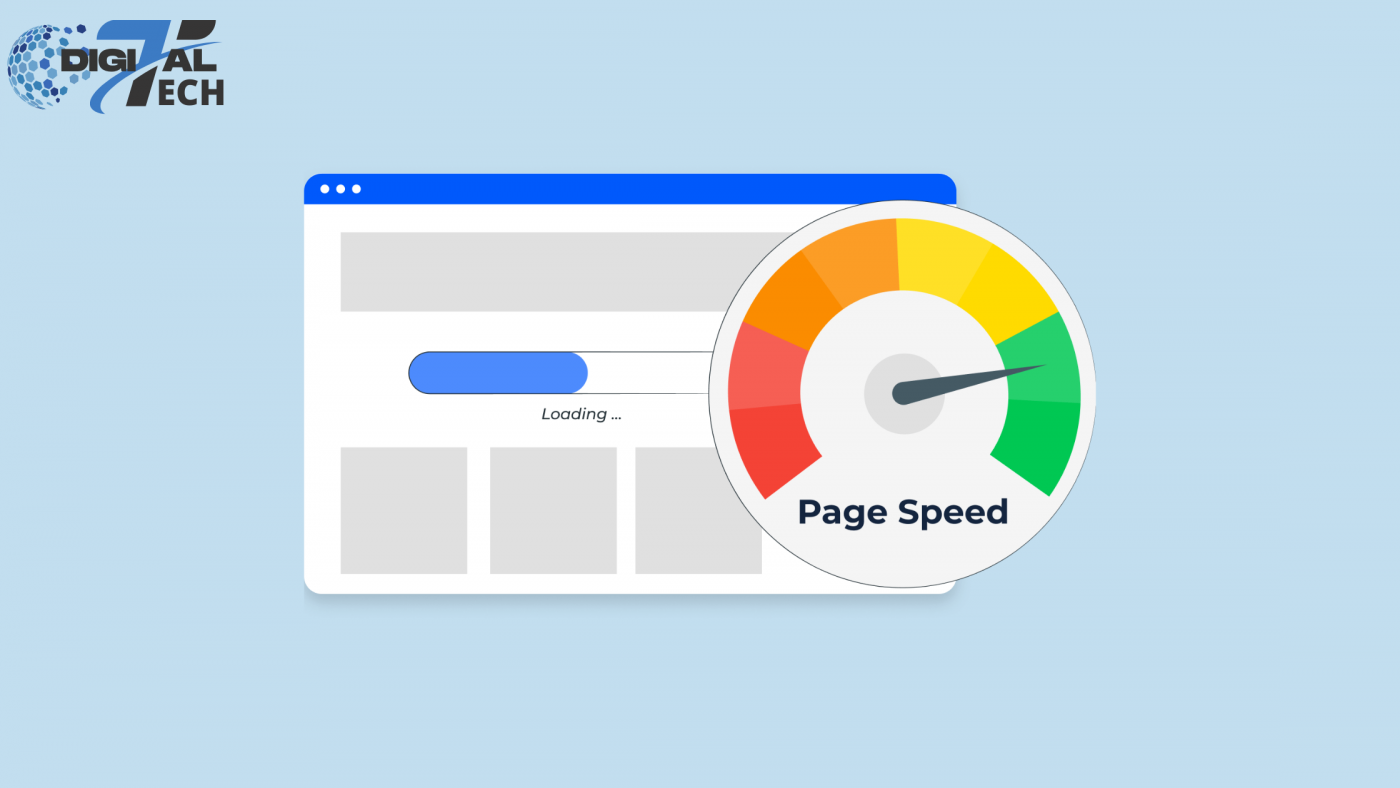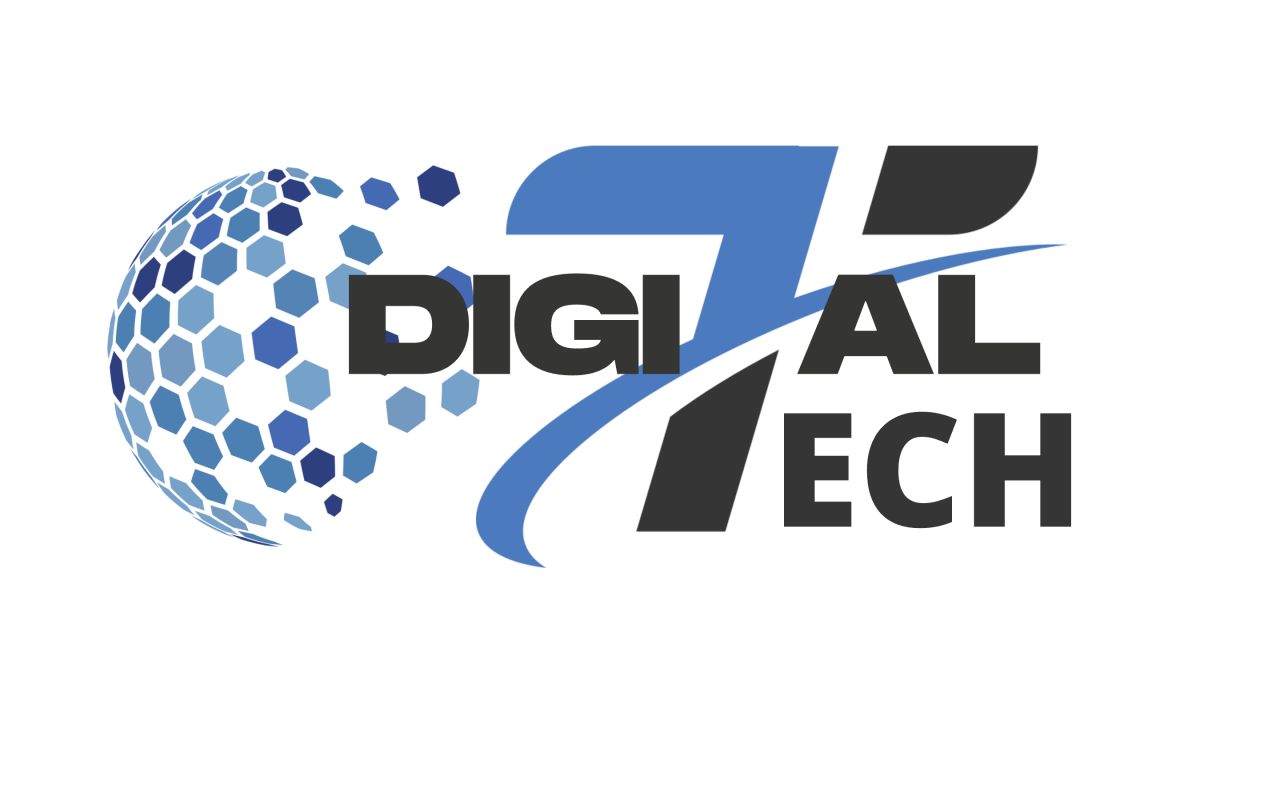The speed at which pages load is one aspect of user experience on websites; this speed is influenced by the quantity and kind of advertisements that are displayed.
A Google study states that if a mobile website takes longer than three seconds to load, 53% of visitors will leave. Nearly 70% of respondents to another survey acknowledged that page speed had an impact on their online shopping decisions.
Inadequate loading times are a major problem because publishers still rely heavily on advertising for their income.
Thus, how may advertisements be loaded without slowing down a page? Continue reading to learn more.
1. What is page speed?

What is page speed?
The speed at which a web page loads after a user clicks on a link or types a URL into the search field is referred to as page speed.
All content on a page, including text, still photos, and video, is referred to as “content”. While there are other variables that can impact page load speed, such as the device being used, the user’s geographical location, and the time of day the site was accessed, these are client-side variables that are outside of a publisher’s control. Ads are one of the most significant variables that a publisher has influence over.
Therefore, advertisements on a website can either be a benefit or a drawback, depending on their quantity and type.
2. Why is page speed important for websites?
Because it is one of the key factors influencing how well a user experiences a website, page speed matters.
These are the top three things to think about when evaluating page load speed.
1. User Experience
Dependability and professionalism are important, and they show in both the speed at which your page loads and the caliber of your content. Consider your website’s page load speed as the entry point, as it is the first point of contact a visitor has with it and greatly influences how they feel about it.
2. SEO
Even though content is crucial, how quickly users can get it will affect how highly Google and other search engines rank your website. A website’s page load speed affects its search engine rankings.
3. Conversions
Websites with faster loads have higher conversion rates. If your site loads slowly, people who are just seeing it for the first time are unlikely to become customers.
3. How fast is a page on average?
The average time for a page to load generally varies depending on the device you are using. A 2018 Google analysis states that mobile websites typically load pages in 15.3 seconds on average. However, according to more recent data from SEO company Backlinko, the average site speed for desktop computers is 10.3 seconds, while it is 27.3 seconds for mobile devices.
In addition to variations in page load times among devices, there are variations throughout industries. According to web marketing company Blue Corona, the average page load time in the media industry is 5.5 seconds, whereas the load times for the technology and finance industries are 5.9 and 6.7 seconds, respectively.
4. What Is a Good Page Load Time?
A good load time should be “as quickly as possible” because your customers will have a better online experience if they don’t have to wait around.

What Is a Good Page Load Time?
More precisely, though, Semrush suggests that 1-2 seconds be the target for a decent load time. In general, Hubspot notes that websites with a maximum load time of two seconds often have the highest conversion rates, whereas digital marketing firm Portent advises a load time of one to four seconds.
Having high-quality content shouldn’t be sacrificed for a fast website, as this is what drives visitors to your website in the end.
5. How Do Ads Impact the Speed of a Website’s Page?
Because they significantly increase a web page’s page weight, ads have an impact on website speed. While content refers to both the textual and visual aspects of a page, page weight refers to all of the files on a page that need to be downloaded in order to view the page. As a result, poorly optimized advertisements for load speed can cause a website to lag.
But poorly done advertisements aren’t the only problem. Web page speed can also be impacted by ad networks whose servers aren’t designed for sites with lots of traffic. While no ad network is flawless, some are simply less effective than others in terms of page load speeds.
Other factors, such as ad placement strategies and the effect of display ads on search engine optimization, can also have a significant impact on the speed at which pages load. All of these factors work together to affect the average page load time of your website.
6. Which Core Web Vitals Are Affected by Ads?
1. Largest Contentful Paint
The term “Largest Contentful Paint” (LCP) describes the time it takes for most of a page’s content to load once a user has reached the website.
2. First-Input Delay
First Input Delay (FID) is the amount of time that passes after a page has downloaded before a visitor may interact with it. Selecting an item from a menu on a page or typing your name in a field are two examples of interactions.
3. Cumulative Layout Shift
The term cumulative layout shift (CLS) describes how stable a website is during the loading process. The smaller the page’s CLS, the less each individual piece moves around while the page loads.
Advertising has multiple effects on key vitals. For instance, when an advertisement takes a long time to load, LCP suffers, and a page’s FID score depends on how simple it is for a visitor to interact with an advertisement that prompts them to take action.
Regarding CLS, the amount of space allotted for an advertisement will determine how stable a page is; the less space there is, the more frequently the page’s elements will shift around, increasing the instability of the page.
7. Methods for Checking Page Speed
To test the speed of your website, there are a lot of tools available. Among the most well-known are Pingdom and Google PageSpeed Insights (GPSI). To use them, take these actions.
GPSI
- Go to the GPSI home page.
- Click “Analyze” after entering the website’s URL at the top of the page.
- Examine the tool’s evaluation of other indicators and the site’s primary web vitals.
Pingdom
- Go to the homepage of Pingdom.
- At the top of the screen, enter the location you are testing from and the URL of the website you want to test. Then, click “Start Test.”
- Check out the site’s important metrics’ speed insights using the tool.
8. Ad Load Speed Testing Procedure
Two of the most often used ad load speed testers are Publisher Ads Audits for Lighthouse and Google Ad Speed Report, a feature inside the Google Ad Manager platform. To use them, take these actions.
Lighthouse Publisher Ads Audits
- Go to the Lighthouse Publisher Ads Audits website.
- Click “Generate Report” after entering the website’s URL at the top of the page.
- Open a new tab and review the tool’s report.
Google Ad Speed Report
- Enter the Google Ad Manager website.
- Select “Reporting,” then “Reports,” and finally “New Report.”
- Give the report you want to write for the website you’re testing a name.
- Decide which metrics you want to examine.
- Run the test after saving the report.
9. Nine Techniques for Displaying Ads Without Slowing Down a Website
1. Select a Reputable Ad Network Affiliate
If you are a publisher, ad networks might affect how quickly your site loads. This is so that you may enjoy a faster overall loading experience. A good network partner will offer you a range of ad types with varying loading speeds. Ads that load slowly and are too large will cause your website to load slowly, according to your ad network partner.

Select a Reputable Ad Network Affiliate
It’s crucial to keep in mind that different platforms prefer different ad income methods in addition to varied ad formats and their accompanying load times. This is particularly important because pay-per-click (PPC) advertising requires more coding than other types of ads, which can lead to slower loading of pages.
2. Test Ad Partners

Test Ad Partners
Publishers can also assess the speed of their network partners’ advertisements in order to improve page performance. For this, there are numerous internet testing tools available. Ad tags are little pieces of code that appear on a publisher’s website and allow you to create your own test page for them.
3. Avoid Ad Clutter
Sites with ads on them weigh more, and sites with substantial content load more slowly. Applying a functional approach to your content will then pay off in order to maximize the loading speed of your website.

Avoid Ad Clutter
Five advertisements on a page is a common guideline, though this should be lowered for pages with less information. Whether or not this ultimately results in fewer or more advertisements on your website, it’s better to base your decisions less on metrics and more on what your audience will and won’t find appealing based on research and intuition.
4. Optimize Static Ads
The term “optimization” refers to the dimensions and arrangement of the images in your advertisements. An image should ideally weigh no more than 100 kilobytes. It’s also a good idea to include instructions for fixed width and auto-height, as this will probably encourage your audience to interact with your photographs more.

Optimize Static Ads
Regarding the format of your advertisement photos, png files are advised for images with text, logos, or icons, and jpg files are best for high-quality images that don’t need to be altered.
5. Optimize Rich Media Ads

Optimize Rich Media Ads
- Select video files with a maximum size of 1 GB, a frame rate of 30 frames per second, and an aspect ratio of 9:16 or 3:4 for portrait orientation and 16:9 or 4:3 for landscape orientation.
- The AVI and QuickTime video file formats for Windows and Mac are suggested.
- Refrain from playing auto-audio advertising. Clicking on any audio advertisement should be the user’s first action, clearly identified. A progress indicator and buttons for pause, stop, and mute/unmute should also be included.
- Choose GIF, JPG, text, and flash files over other file formats as they are speedier than the others.
6. Minimize Use of Javascript

Minimize Use of Javascript
Javascript is another component that’s frequently included in rich media. Attachments containing Javascript code are essential for content delivery to browsers. Therefore, in order to improve the user experience, publishers should minimize the number of client-server queries for content, as these requests might cause page loads to lag.
7. Use Asynchronous Tags
Another useful hint is asynchronous loading. As opposed to synchronous loading, which causes ad tags to load in lockstep with its webpage and is typically seen on older, slower websites, asynchronous loading allows your ad tags to load independently of the page that contains them.
Therefore, asynchronous loading is the best option. To put it into practice, get the appropriate loading code from your advertising partner’s dashboard.
8. Use Lazy Loading
The economical display of advertising and other content is known as lazy loading. A lazy load-optimized website loads its ads only when it anticipates that users will view them, as opposed to loading them all at once.
Therefore, it can be challenging to strike a balance between the necessary content, loading speed, and your comprehension of it all.
9. Utilize Caching
Passwords and other frequently used data are temporarily saved in a cache, a sort of computer memory, so they can be recovered more rapidly rather than having to be accessed from scratch each time they are needed. Storing and retrieving caches is known as caching. Both browsers and servers engage in this behavior when they access a website or retrieve browser caches of users who have previously visited the server’s website.
Because it speeds up the page load time for returning users, this latter type of caching is especially helpful to publishers and advertisers. Website owners can speed up the loading of requested web pages by keeping important data on their own servers. Visitors have a favorable experience when this is done consistently.
There are several caching plugins available for WordPress websites, including WP Super Cache and Quick Cache.

